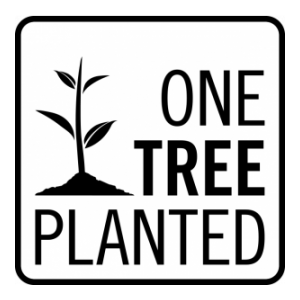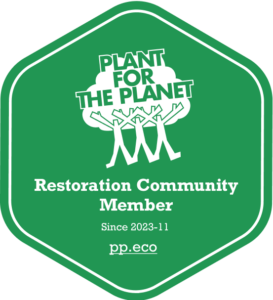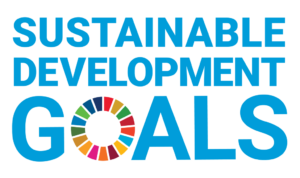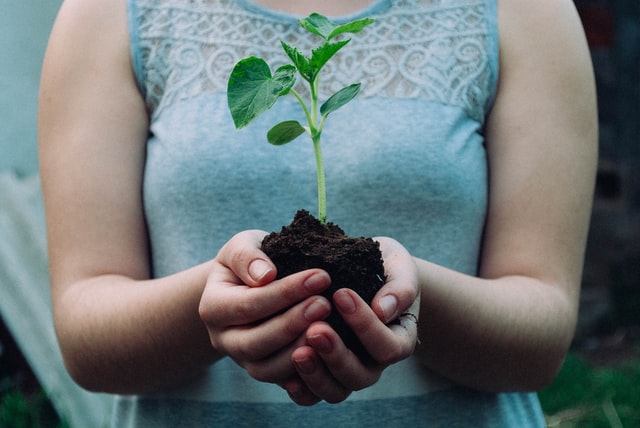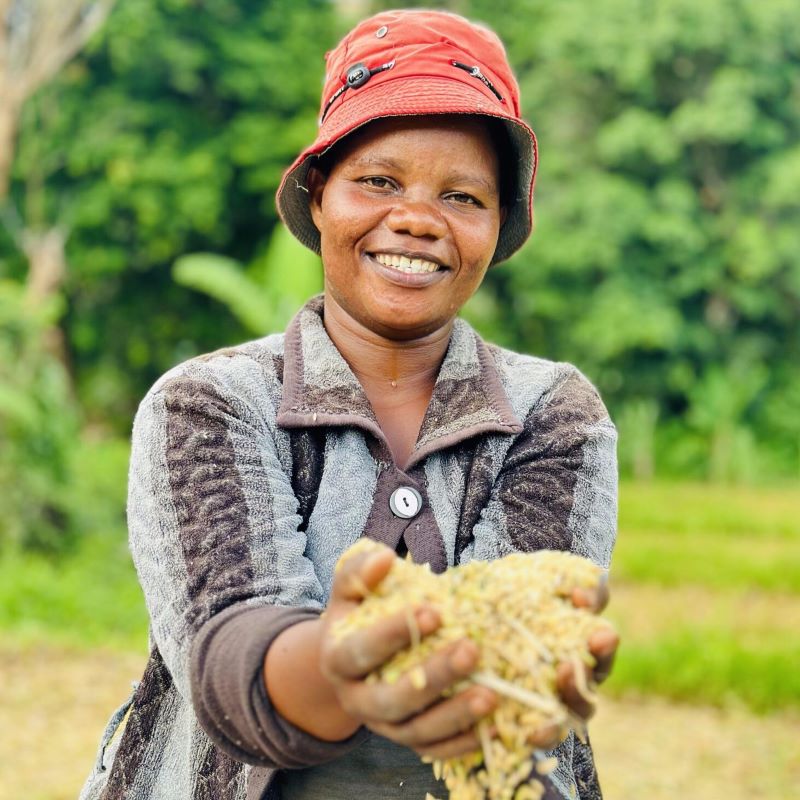Reforestation
Community-Led Reforestation
Reversing deforestation is urgent—and Plant With Purpose gets it right. For over 40 years, we've empowered local communities to lead the way in planting the right trees in the right places, restoring entire watersheds. With over 10 million trees planted each year, the movement is strong and growing. Farmers, parents, youth, and elders are all part of reforesting the land they depend on. They see how trees protect soil, bring back water, and improve their lives. Tree cover is rising in every watershed we serve—outpacing national trends and proving that community-led reforestation works.
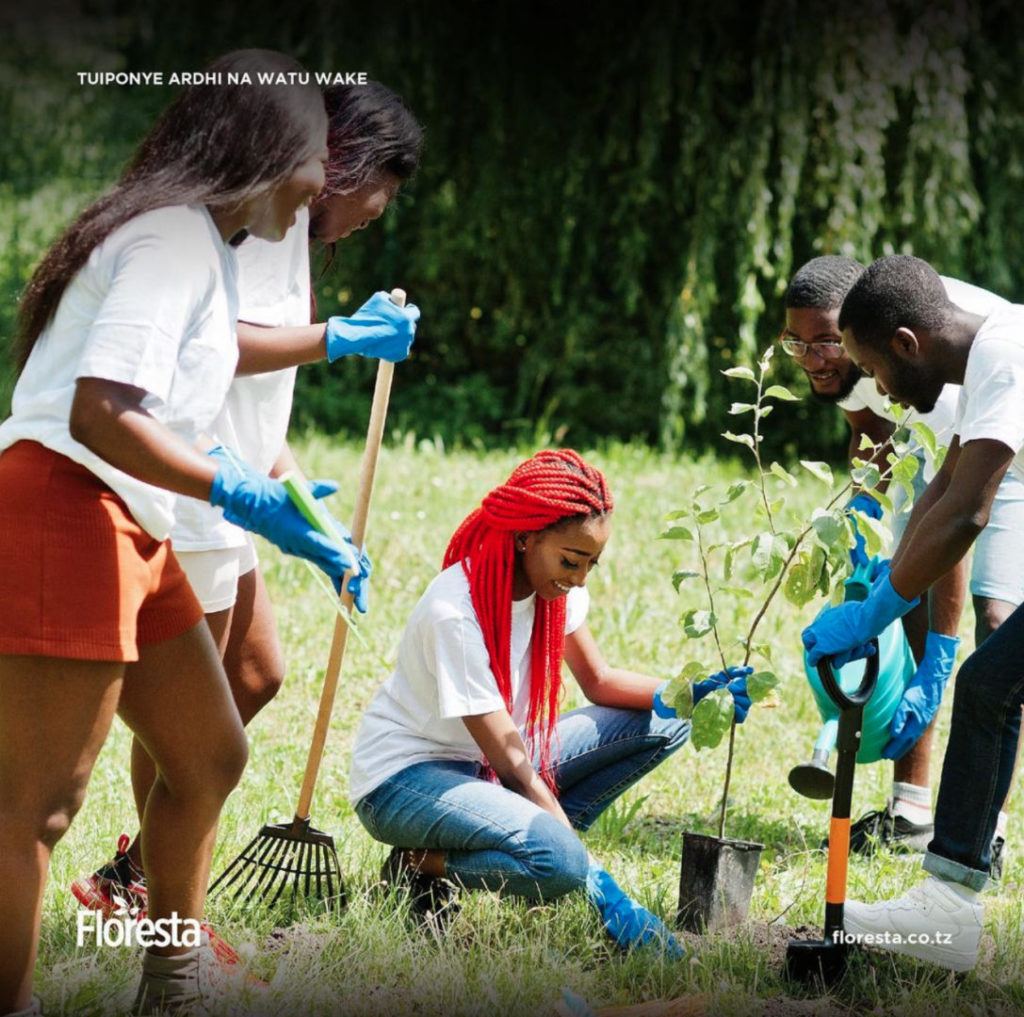
Burundi - Nyakazu
Dominican Republic - Upper Ozama
Thailand – Hoi Lu
How Do We Grow Trees?
Plant With Purpose promotes a wide range of techniques for growing trees. All are applied strategically within a watershed and lead to a maximum impact on landscape restoration, poverty alleviation, and strong community ownership.
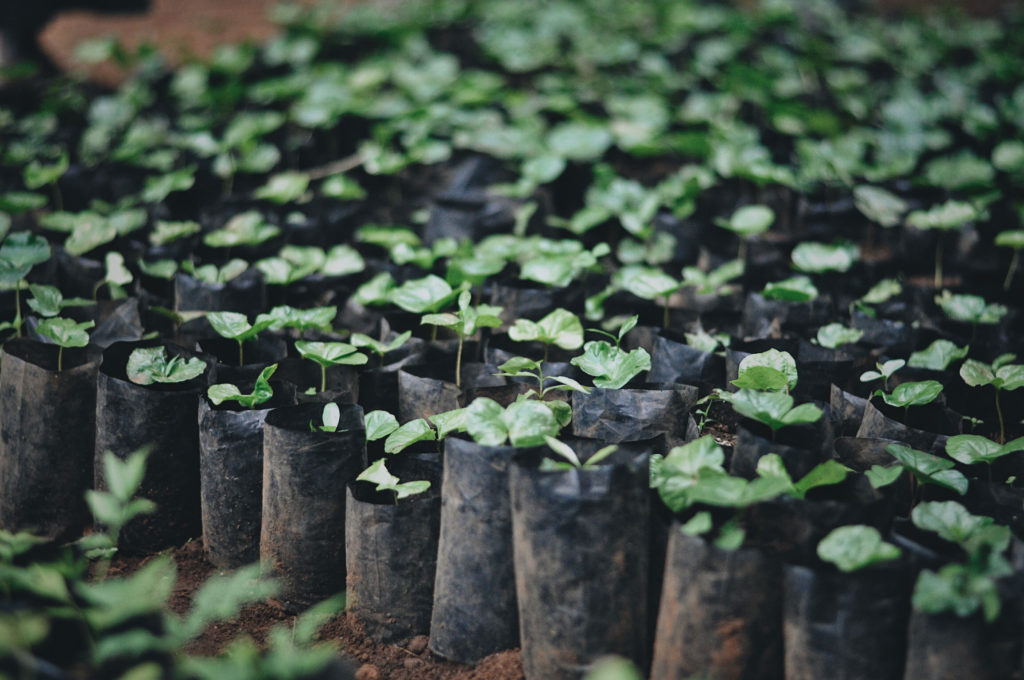
Tree growing
We help communities plant and grow trees—not just anywhere, but in the right places where they make the biggest difference. Most of our work focuses on training and equipping local people to care for seedlings and restore their land. All of this happens within watersheds, where everything is connected and the impact is multiplied.
We use smart reforestation techniques like agroforestry that mixes trees with crops, riparian plantings to protect rivers, or living barriers to prevent erosion. Participants also collaborate in foresting community spaces, public areas, and bio-corridors. Together, these methods help heal the land and support thriving communities.
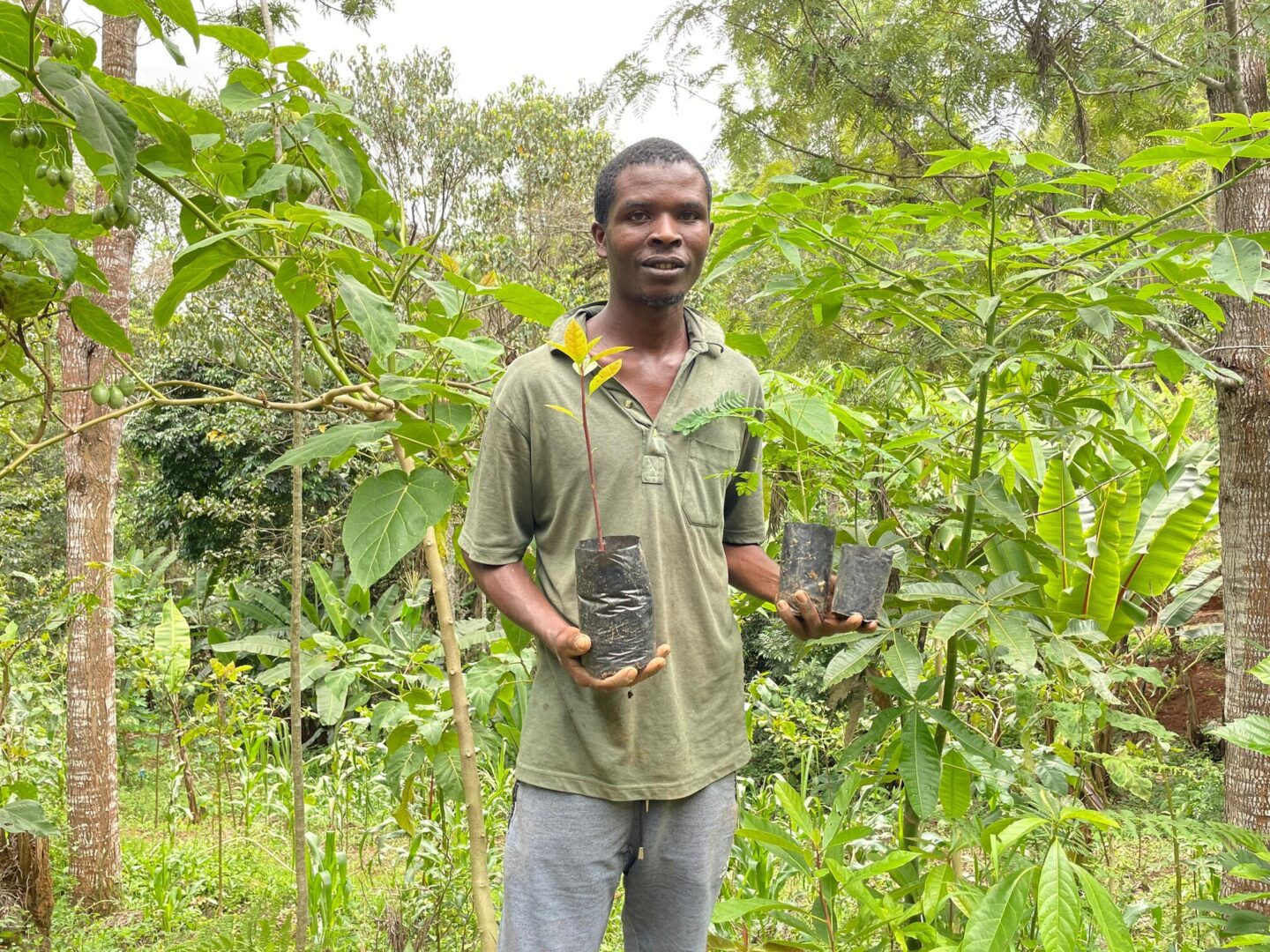
Farmer Managed Natural Regeneration (FMNR)
Plant With Purpose also applies FMNR. In many places, tree roots are already alive beneath the soil—this is what Tony Rinaudo, the father of FMNR, calls the “underground forest.” If communities protect the land by stopping burning and managing grazing, these hidden trees can grow back. It’s simple and powerful: the trees grow faster, and they’re already adapted to the local environment. They don’t just survive—they thrive. This is one of the fastest, most natural ways to bring forests back.
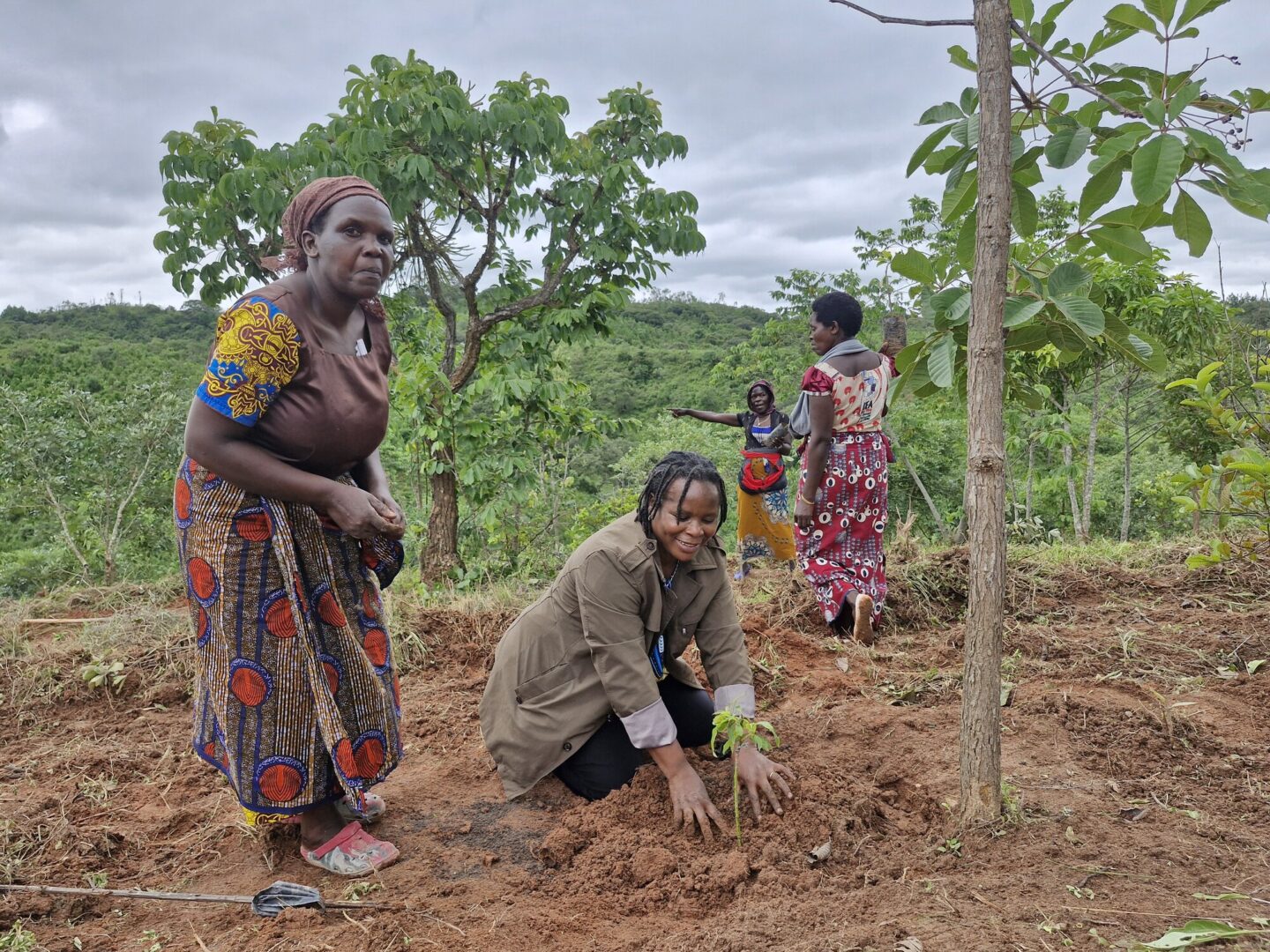
Agroforestry
Most trees planted by Plant With Purpose communities grow in agroforestry systems—where trees and crops grow together on the same land. Trees help protect soil, hold water, and improve crop health. We focus on planting a diverse mix of trees to strengthen farms and ecosystems. A healthy farm works with nature, not against it. To restore entire watersheds, we help many farmers use agroforestry together—creating lasting change across the land.
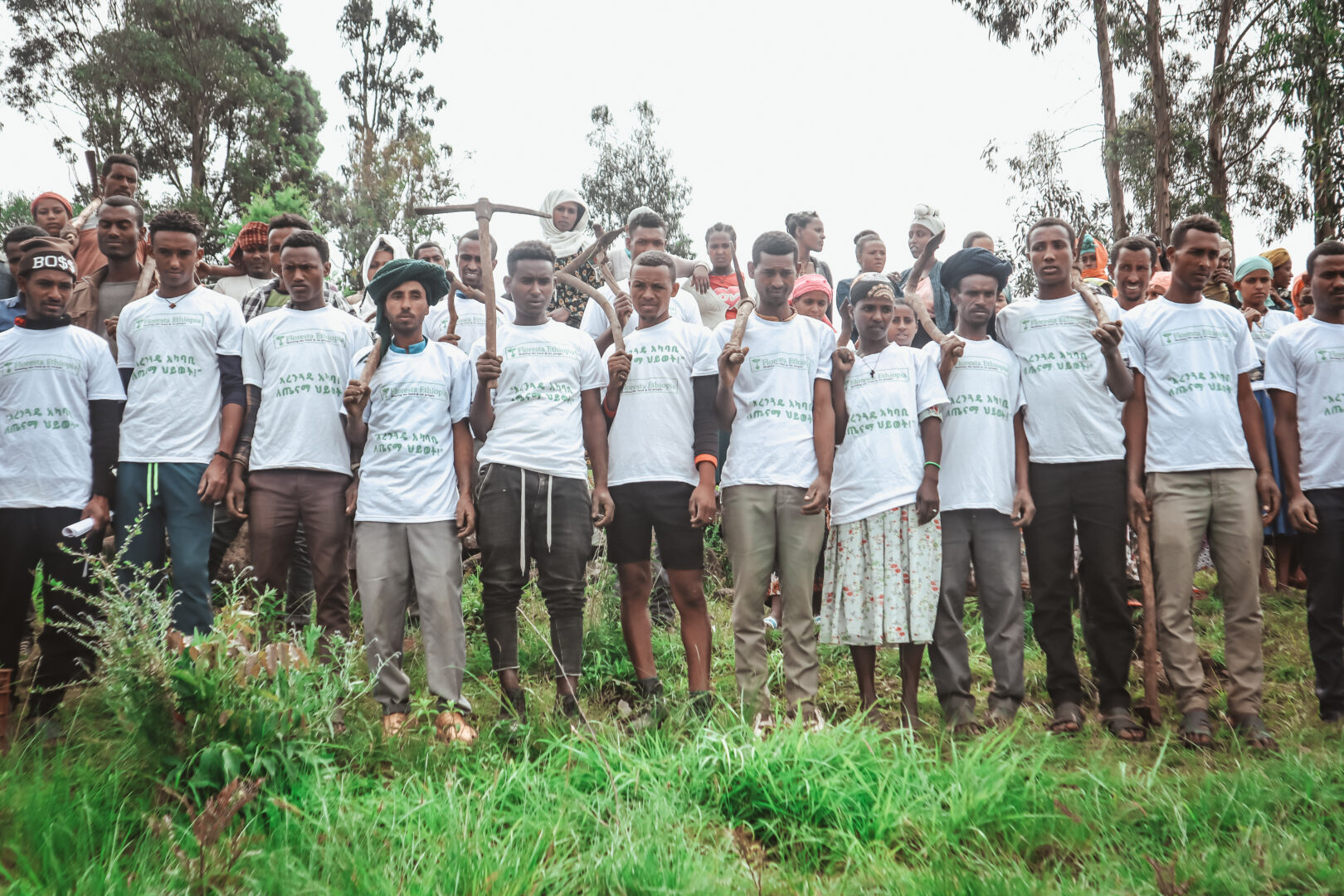
Community forestry
In some Plant With Purpose communities, reforestation is a team effort. Locals come together to create environmental networks that span their region. They map out which areas are for farming, which are for forests, and how each part of the land should be used. This smart planning helps communities protect their land and use it wisely. Most importantly, it proves that these communities are the solution—not the problem—when it comes to deforestation.
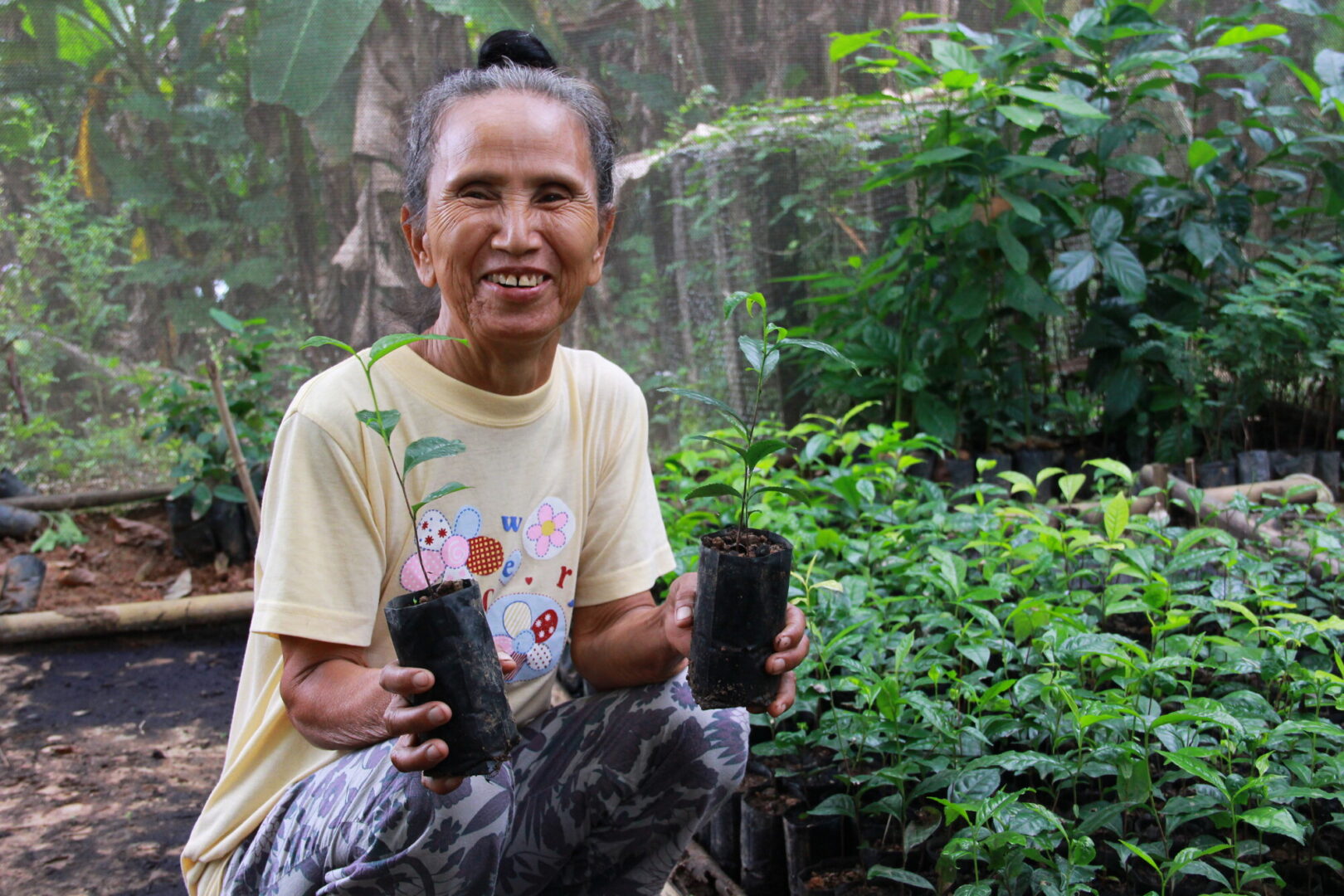
Native seed collection
Plant With Purpose families plant native trees nearly twice as often as others—50% compared to 27%. We teach communities how to collect and cultivate native seeds. These local species are often overlooked, so our partners are pioneering new ways to grow them. They're restoring their land using the trees that naturally belong there—right in the rural areas they call home.
Stories of Life Change
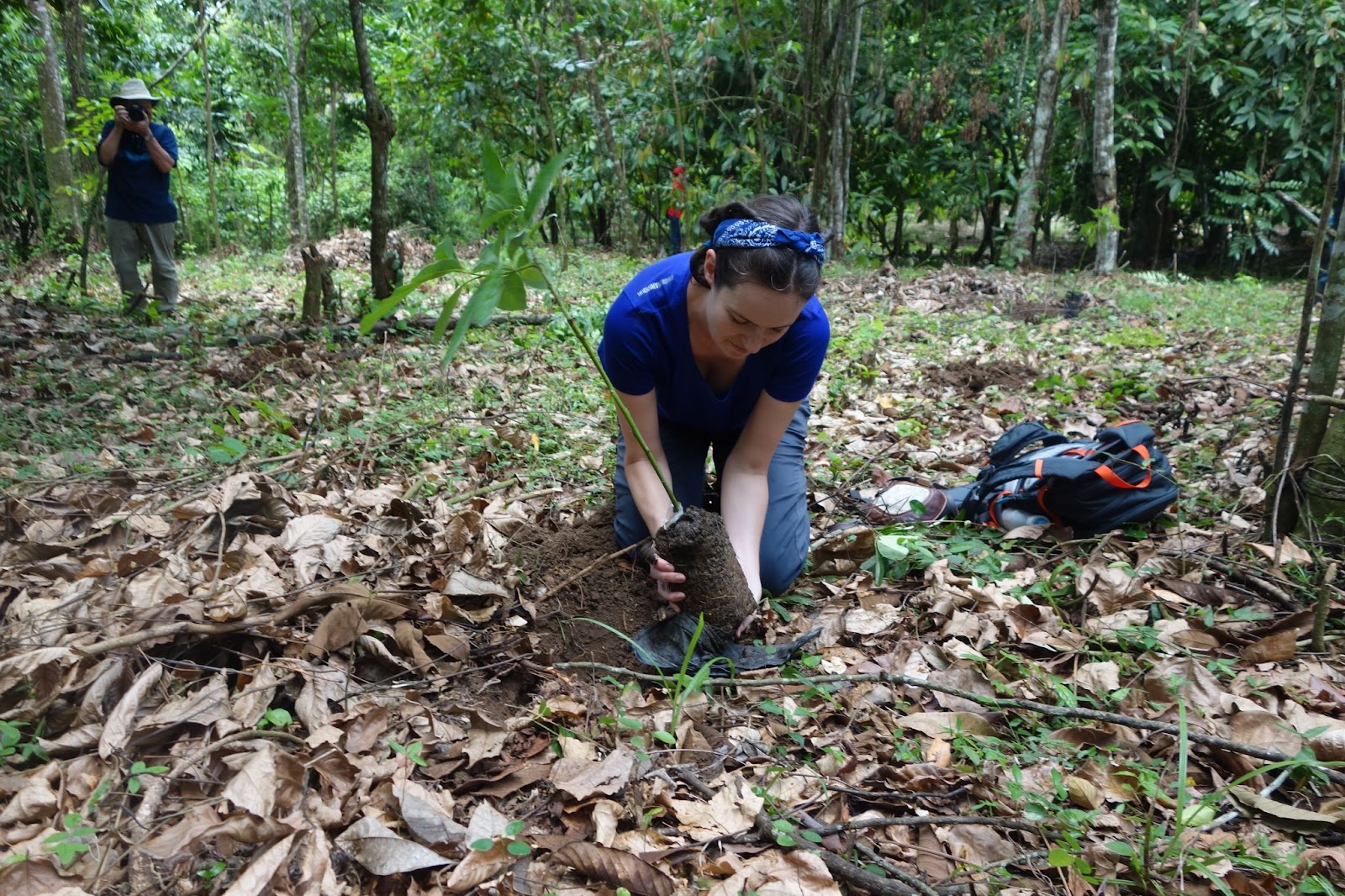
Valerie Foulkes
Valerie Foulkes
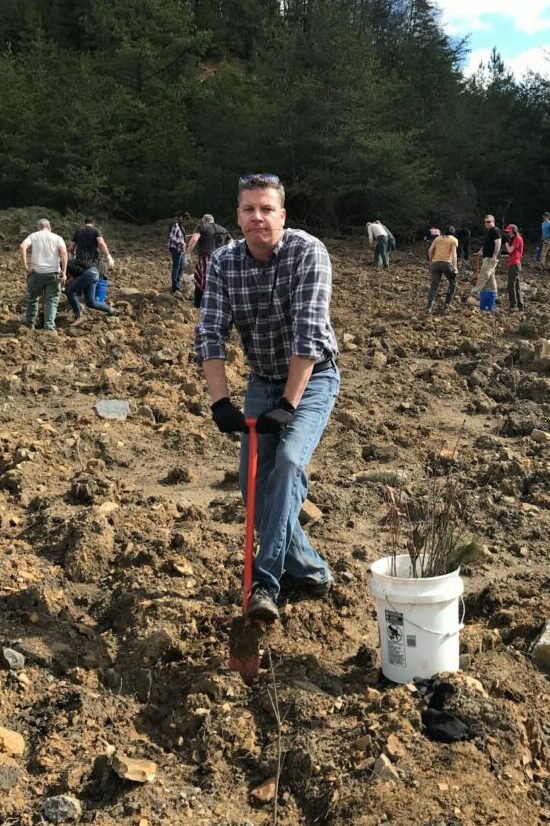
Bradley Brandt
Bradley Brandt
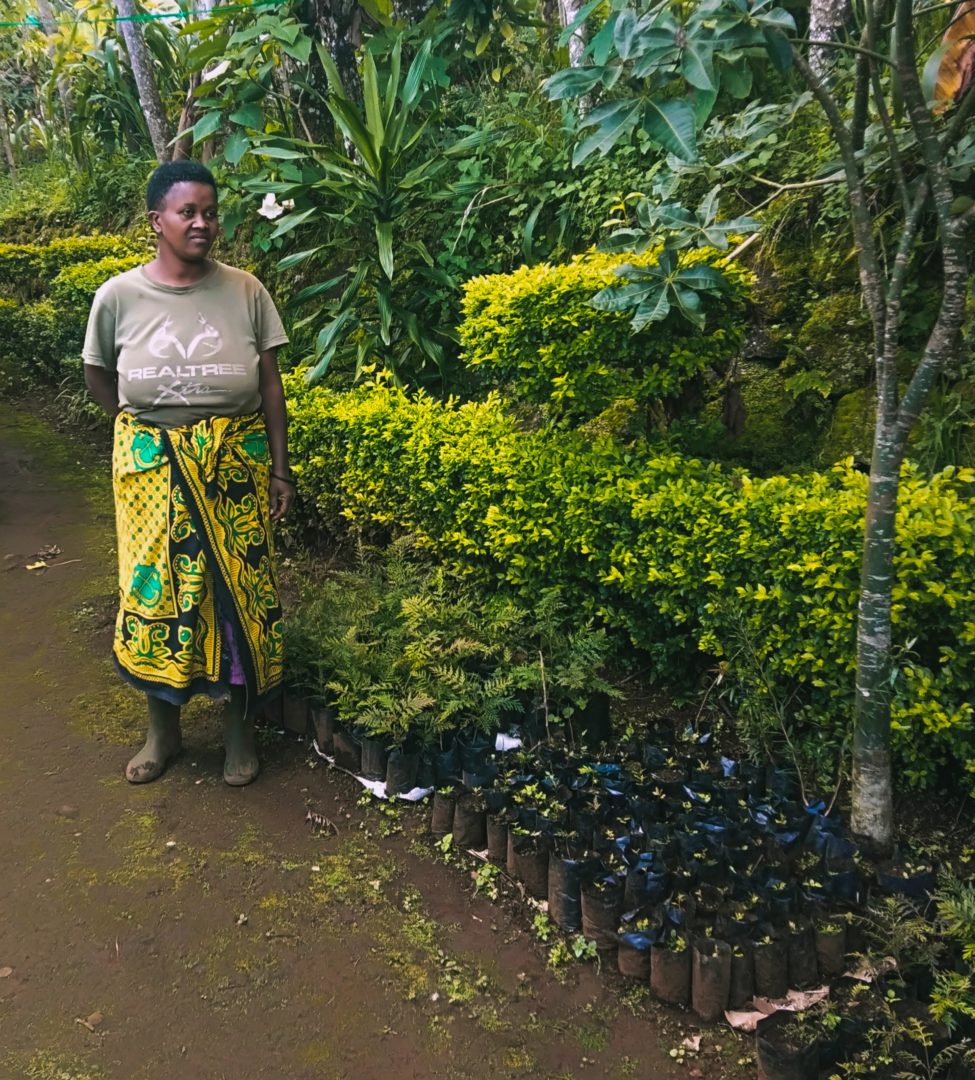
Haika
Haika
Measuring Impact
To make sure the numbers are real, we also use satellite tools. These include NDVI, satellite imagery, MOD44B tree cover, % tree cover data, and other remote sensing tech to measure how vegetation grows and changes in each watershed over time.
Global Tree Planting Partnerships
